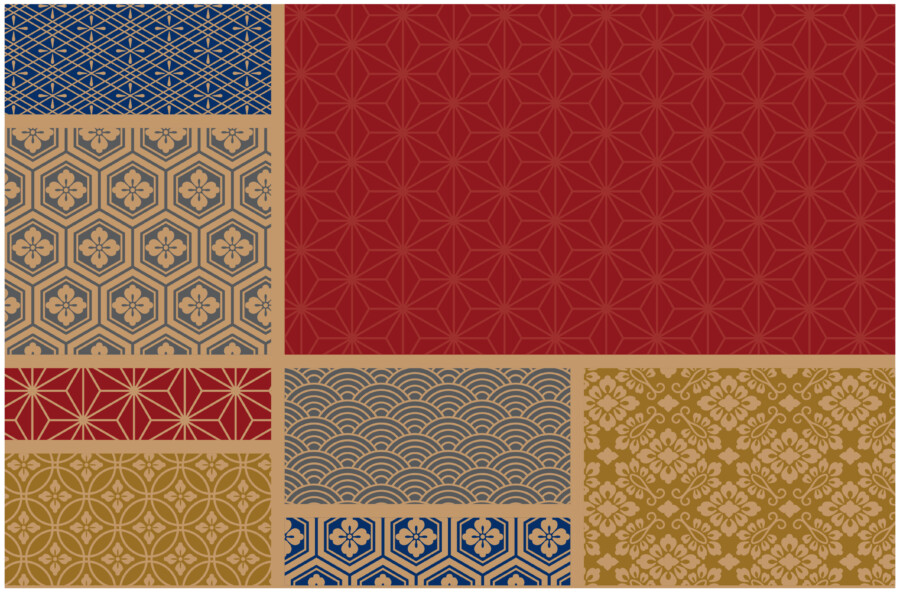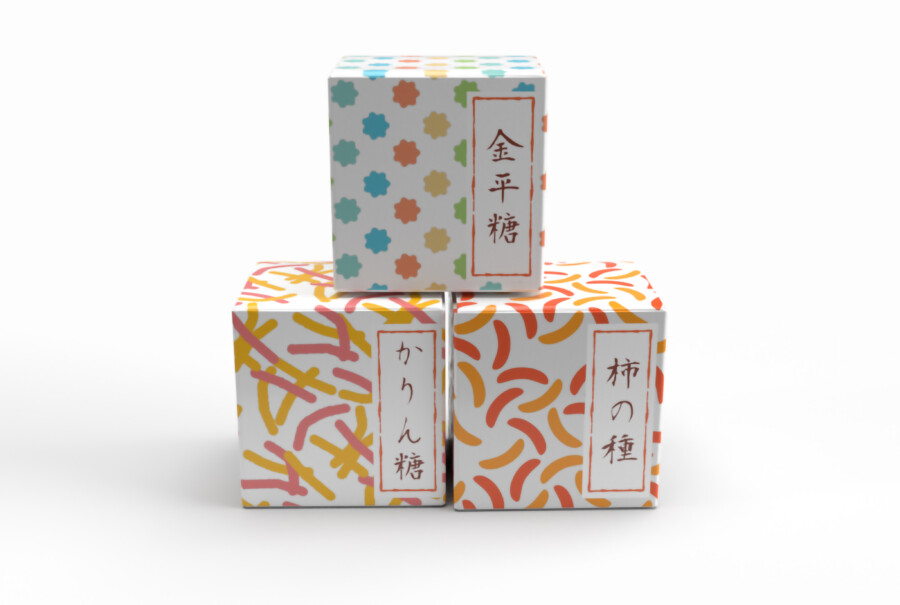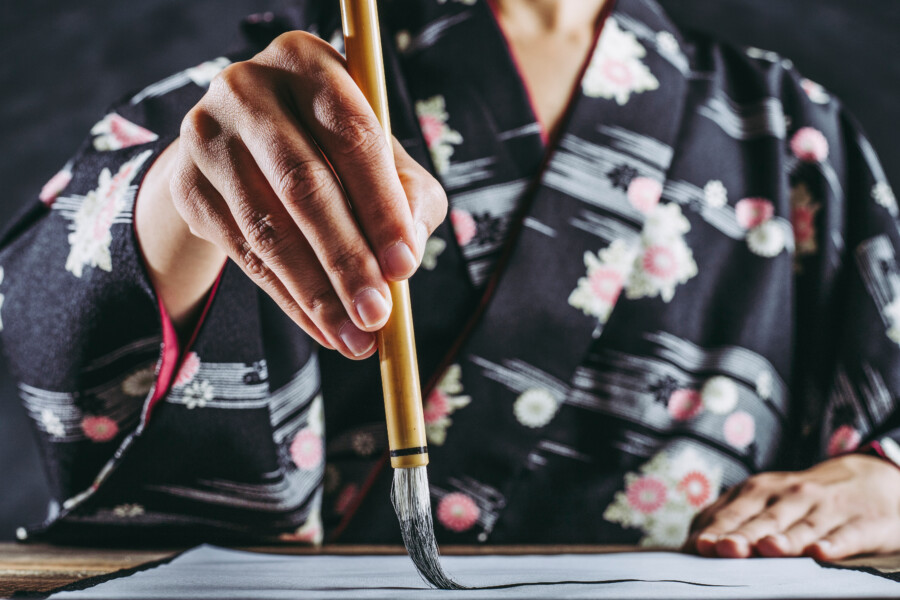
The Power of Logo Design Harnessing Japanese Tradition: How to Enhance Brand Appeal
Japanese tradition is not just historical heritage; it plays a crucial role in modern design. Particularly in logo design, skillfully incorporating traditional culture can significantly enhance brand appeal. This article explores the relationship between Japanese tradition and logo design, and methods to maximize brand appeal.
Professional Japanese Design Audit
The Relationship Between Japanese Traditional Culture and Logo Design
Japanese traditional culture is characterized by its unique aesthetics, techniques, and color schemes. Incorporating these elements into logo design can imbue brands with deep meaning and uniqueness.
Japanese Traditional Patterns and Their Meanings
Japanese traditional patterns each carry specific meanings. For example, the “tortoiseshell pattern” symbolizes longevity and prosperity, while the “hemp leaf pattern” represents growth and prosperity. Incorporating these patterns into logos can visually express a company’s vision and values. It’s important to understand the meanings when selecting traditional patterns for use.
Japanese Color Schemes and Color Coordination Techniques
Traditional Japanese colors include the “colors of the four seasons” passed down since the Heian period. For example, red hues like “beni-iro(紅色)” and blue hues like “ai-iro(藍色)” each have unique meanings and appeal. When incorporating these colors into logo design, considering balance and harmony is key. In particular, determining compatibility with background colors and accent colors can result in more sophisticated designs.
Fusion of Traditional and Modern Typefaces
Japanese traditional typefaces include Japanese text fonts and cursive kanji styles. Fusing these with modern designs can create uniqueness. Additionally, arranging them in a modern style using digital technology can create new appeal. For example, using digital fonts that recreate brush strokes can achieve both a handwritten feel and modernity.
Methods to Maximize Brand Appeal
To maximize brand appeal, design strategy is crucial. This requires developing design strategies tailored to target markets and building consistent brand identities.
Design Strategies Tailored to Target Markets
When considering brand logo design, it’s important to have a clear understanding of the target market. For example, for products aimed at older consumers, choosing subdued colors and traditional patterns can enhance trustworthiness. Conversely, for products targeting younger consumers, incorporating traditional elements while adding pop colors and modern designs can achieve both familiarity and newness.
Building a Consistent Brand Identity
Consistency is essential when building brand identity. Creating uniformity across all touchpoints – logo, website, advertising, product packaging – can improve brand reliability and recognition. Especially when incorporating Japanese traditional elements, it’s important that these elements are consistent. For example, reflecting specific traditional patterns or colors not just in the logo but in other design elements can form a strong brand image.
Success Stories Incorporating Japanese Culture
Several companies serve as successful examples of logo designs incorporating Japanese culture. For instance, Kirin Beer’s logo is based on the “kirin,” a motif from traditional Japanese folklore. UNIQLO’s logo, while simple, evokes Japanese aesthetic sensibilities. These success stories teach us that skillfully incorporating Japanese tradition can enhance international brand value.
Specific Techniques in Logo Design

It’s important to incorporate specific techniques in logo design. Let’s look in detail at how to choose symbols and motifs, the process of creating handwritten-style logos, and traditional designs utilizing digital technology.
Choosing Symbols and Motifs
When selecting symbols and motifs, it’s important to understand their meanings and backgrounds. For example, Mount Fuji and cherry blossoms are representative Japanese symbols that can emphasize Japaneseness when incorporated into logos. Animals and plants can also be chosen to match a company’s values and vision.
Process of Creating Handwritten-Style Logos
Creating handwritten-style logos can add unique warmth and humanity, making them particularly effective for brands wanting to convey a friendly image. Start by scanning an actual handwritten design and digitizing it to create a design that retains the original handwritten feel without losing quality. Further adjustments using digital tools can complete a high-precision logo.
Traditional Designs Utilizing Digital Technology
Digital technology can breathe new life into traditional designs. For example, 3D modeling can create logos with a sense of depth. Adding animation can also create more dynamic and attractive logos. Skillful use of digital technology can give birth to new styles of logo design that fuse tradition and modernity.
The Future of Japanese Traditional Logo Design
Considering the future of Japanese traditional logo design leads to brand growth and the pursuit of sustainable design. Let’s look in detail at applications to global markets, ways to convey tradition to younger generations, and contributions to sustainable design.
Applications to Global Markets
Applying Japanese traditional logo design to global markets can help enhance a brand’s international value. Logos based on Japanese aesthetics and cultural backgrounds often receive high evaluations outside Japan. In particular, emphasizing traditional Japanese beauty and intricacy can differentiate brands in international markets. For example, the fact that luxury brands worldwide incorporate Japanese traditional elements is evidence of this.
Conveying Tradition to Younger Generations
To convey tradition to younger generations, it’s important to approach in familiar ways. For example, it’s effective to introduce logos and designs that arrange traditional elements in modern styles using social media and digital content. It’s also possible to convey the deep value and appeal of tradition through collaborations with pop culture and subcultures. Providing actual experiences with traditional techniques through events and workshops is also a good method.
Conclusion
The relationship between Japanese tradition and logo design is very deep and holds great power to maximize brand appeal. By utilizing the methods and techniques introduced in this article, you can build more attractive and unique brands. By pursuing designs that respect tradition while meeting modern needs, the future of brands will become brighter.
Native-Checked Japanese Copy Review












